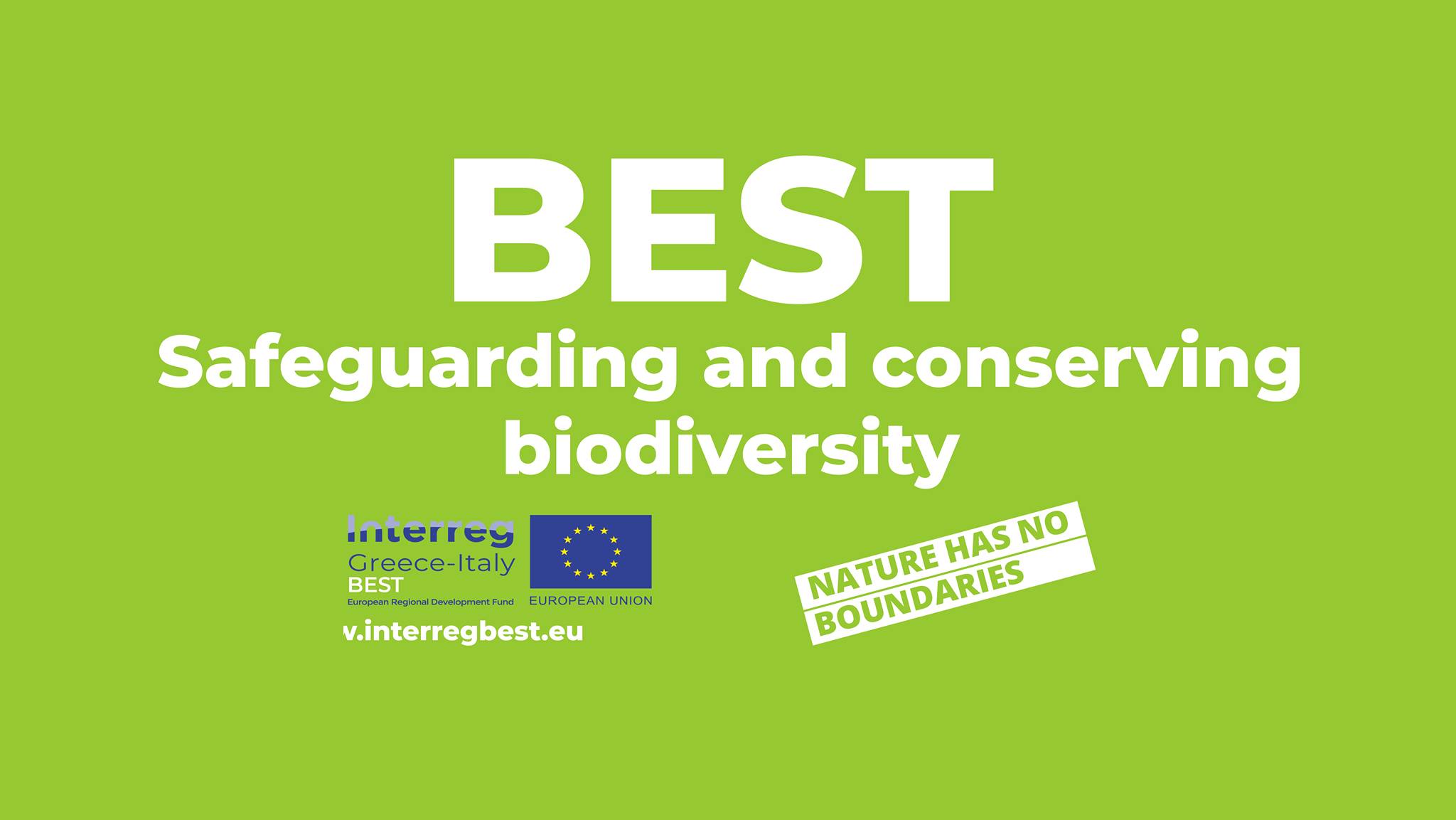Έργο BEST
Biodiversity is our planet’s greatest asset. It is the interrelated whole of all plants and animals,…

Έργο BEST
Category
Date January 25, 2023
Biodiversity is our planet’s greatest asset. It is the interrelated whole of all plants and animals, a delicate equilibrium which permits life and health for all the living beings – humanity included. The excessive exploitation of nature, overbuilding, pollution, climate change and invasive species are the main sources of damage to biodiversity, and they endanger this delicate system. Precisely because of an actual collapse in biodiversity, we are living in what scientists call the Sixth Mass Extinction.
EUROPEAN AND CROSS-BORDER CHALLENGE
In order to halt biodiversity loss, the European Commission has adopted the Biodiversity Strategy 2020-2030 with the aim of reversing ecosystemic degradation in EU countries, favouring cooperation. This Strategy provides for the transformation of 30% of land and sea into protected areas, and the restoration of 10% of agricultural land to high species diversity. BEST is a useful Project towards these goals. Its objective is to protect natural and cultural heritage, to restore biodiversity, natural, rural and coastal habitats in the interested Regions, to involve local stakeholders in cross-border activities and community pilot actions through the use of new technologies with a low environmental footprint, and the creation of new politics, products and services, thereby improving quality of life for citizens.
TARGET GROUPS
Public administrations, businesses, research institutes and Universities, professional bodies, farmers and fishermen, environmentalists, parks, small and medium size tourist agencies (SMEs), down to individual citizens by means of their daily choices. Everyone is called upon to make their contribution towards development based on respect and caring for biodiversity.
RESULTS TO BE ACHIEVED
1. Production of a cross-border map (WEB GIS) identifying high nature value farmlands;
2. Production of intelligent technological instruments for reliable and constant monitoring of biodiversity in rural and coastal areas;
3. Creation of intelligent technological parks which will provide “biodiversity tours” to support alternative environmental tourism;
4. Identification of a common cross-border protocol for the monitoring of agricultural areas of high naturalistic value;
5. Creation of a DNA archive from selected cross-border botanical species;
6. Growth of protected areas;
7. Education of citizens with particular emphasis on schools.
